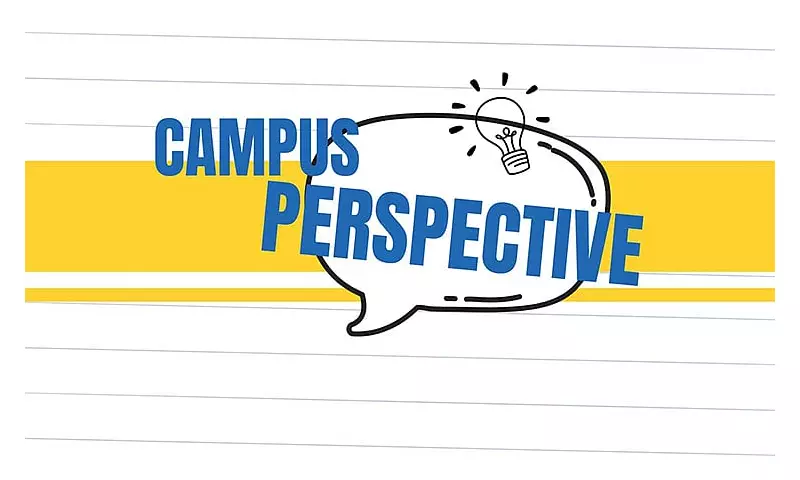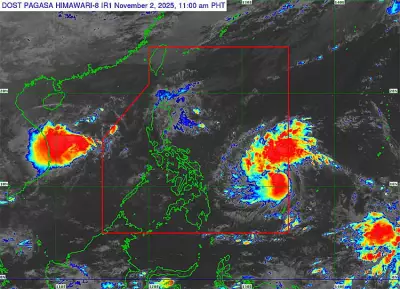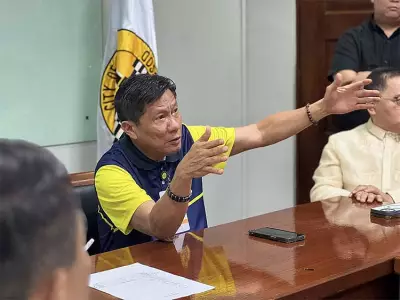
Ground Shakes, Fear Rises: The Unseen Danger in Philippine Schools
The familiar, terrifying rumble returned, shaking offices, homes, and buildings across the Philippines. As people scrambled for cover under desks and tables, a deeper fear set in—the fear of the very walls meant to protect them. For many Filipinos, this is a recurring nightmare, but the recent seismic activity has exposed a critical vulnerability in the nation's infrastructure, particularly in its schools.
Cracks in the Foundation: Student Testimonies Reveal Structural Decay
The seismic event that starkly changed the landscape for many citizens was the earthquake on September 30, with its epicenter located in Bogo City, in northern Cebu. In the aftermath, the conversation has shifted from the event itself to the fragile state of public buildings.
Students have become vocal witnesses to the deteriorating conditions. Nathan Paul Fegi reported seeing many school buildings severely damaged by the recent quake, noting that some are no longer safe for use. Echoing this concern, Precious Marie Padillo confirmed observing widespread cracks in buildings and other public infrastructure.
These are not mere cosmetic flaws. These cracks are glaring symbols of age, poor maintenance, and in some cases, improper construction. They serve as a constant, physical reminder of how exposed communities remain when the next disaster strikes.
A Failure of Protection: Public Distrust in Government Response
When questioned on whether the government is doing enough to ensure public safety, a resounding sentiment of dissatisfaction emerges. Goshen Lopez articulated a common frustration, pointing to limited funds and budget allocation for calamities as a primary cause. He did not shy away from highlighting the open corruption, especially in areas recently devastated by disasters.
This perception is fueled by visible, unfinished projects and aging buildings that have not undergone proper safety inspections. The government's capacity to protect its people is being openly questioned.
Lopez added a deeply personal perspective, stating, "We worry about our safety at home and when traveling to school. It’s hard to focus on studies when you’re constantly alert for aftershocks or wondering if buildings are safe to stay in." This statement captures the pervasive anxiety among students, who live with the fear that their well-being hinges on chance rather than on assured structural safety.
Building a Safer Future: The Call for Accountability and Action
There is a widespread belief that these risks are not inevitable. The public insists that through good governance and accountability, the danger can be significantly reduced. The demand is clear: the government must fulfill its fundamental duty.
This includes implementing proper management, conducting regular inspections, and prioritizing the construction of disaster-resilient structures, starting with schools and other high-traffic public areas. Precious Marie Padillo's plea sums up the public's demand: "I would like to say that the government should always keep citizens safe at all costs. And building and infrastructure should be checked constantly."
The next natural disaster is a question of when, not if. The government, supported by the community, must act decisively to prevent another tragedy. Public safety should never be a gamble. It must be a non-negotiable promise, built into every brick, wall, and piece of infrastructure designed for the people's protection.





